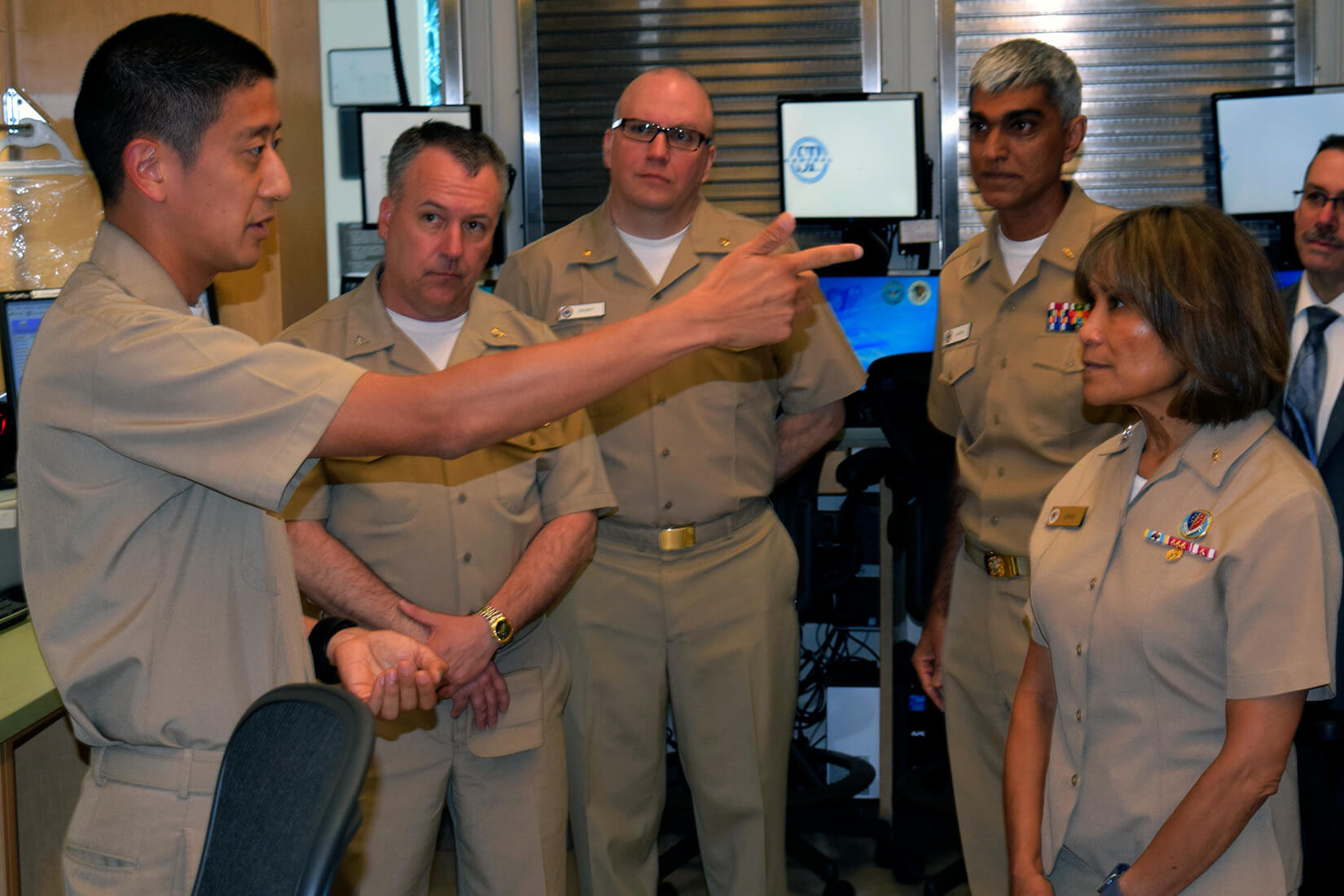
WASHINGTON—After years of pressure from Congress and advocacy groups, the DoD and VA have formally agreed to work together to implement “a single, seamlessly integrated electronic health record that will accurately and efficiently share health data.”
A joint statement was signed this fall by the two agencies, which vowed to ensure interoperability with their “networks of supporting community healthcare providers.”
“The joint statement between DoD and VA represents tangible evidence of our commitment to change how we deliver veteran-focused, provider-friendly care,” VA Secretary Robert Wilkie said. “The new EHR system will be interoperable with DoD, while also improving VA’s ability to collaborate and share information with community care providers.”
VA signed a contract in May with Cerner to replace VA’s legacy VistA with the new system over the next decade. DoD is currently piloting the same EHR.
The VA explained in a statement that collaborating with DoD will “ensure that VA understands the challenges encountered as DoD deploys its EHR system.”
Alignment of Plans
The Sept. 26 joint statement signed by both Wilkie and DoD Secretary James N. Mattis noted that the “importance, magnitude, and overall financial investment of our EHR modernization efforts demand the alignment of plans, strategies, and structure across the two departments.”
“To this end, the DoD and VA will institute an optimal organizational design that prioritizes accountability and effectiveness, while continuing to advance unity, synergy, and efficiencies between our two departments. Together, our two departments will develop a more efficient overall construct and plan of execution,” the statement explained.
The agencies explained that they would develop a detailed implementation timeline and an accountability mechanism “that facilitates coordinated decision making and oversight.”
“It is imperative that the DoD and VA work together to promote the best use of resources in pursuit of our common EHR modernization goals and objectives,” the two agencies added.
The issue of accountability has been repeatedly raised by lawmakers. At a recent House Committee on Veterans’ Affairs hearing, lawmakers wanted to know who the single point of authority would be when decisions have to be made regarding issues jointly impacting both DoD and VA’s EHR.
An Interagency Program Office that was mandated by the FY 2008 National Defense Authorization Act (NDAA) was created to be a single point of accountability. A recent Government Accountability Office report noted, however, that, while the IPO “has led efforts to identify data standards that are critical to interoperability between systems, the office has not been effectively positioned to be the single point of accountability as called for in the National Defense Authorization Act for Fiscal Year 2008.”
That report also asserted that “the future role of the Interagency Program Office remains unclear despite the continuing need for VA and DoD to share the electronic health records of servicemembers and veterans.”
At that hearing, Rep. Mike Coffman (R-CO) questioned whether it would be better to put one of the two agencies in charge.
“If either DoD or VA were in charge of this and were not co-equals, I think this would be done my now. I don’t think we would have wasted $1 billion,” he said.
Partly to address questions about accountability in implementation of the VA’s EHR, the House Committee on Veterans’ Affairs established a new oversight subcommittee to keep an eye on the project.
In addition, legislation was introduced targeting accountability to Congress. One of these bills that passed the House, HR 4245, would require VA to submit to Congress several EHR project management documents 30 days after enactment of the bill, as well as provide quarterly updates related to the EHR. VA also would be required to submit to Congress any contract, order, agreement or modification to the EHRM program no later than five days after award or modification.


